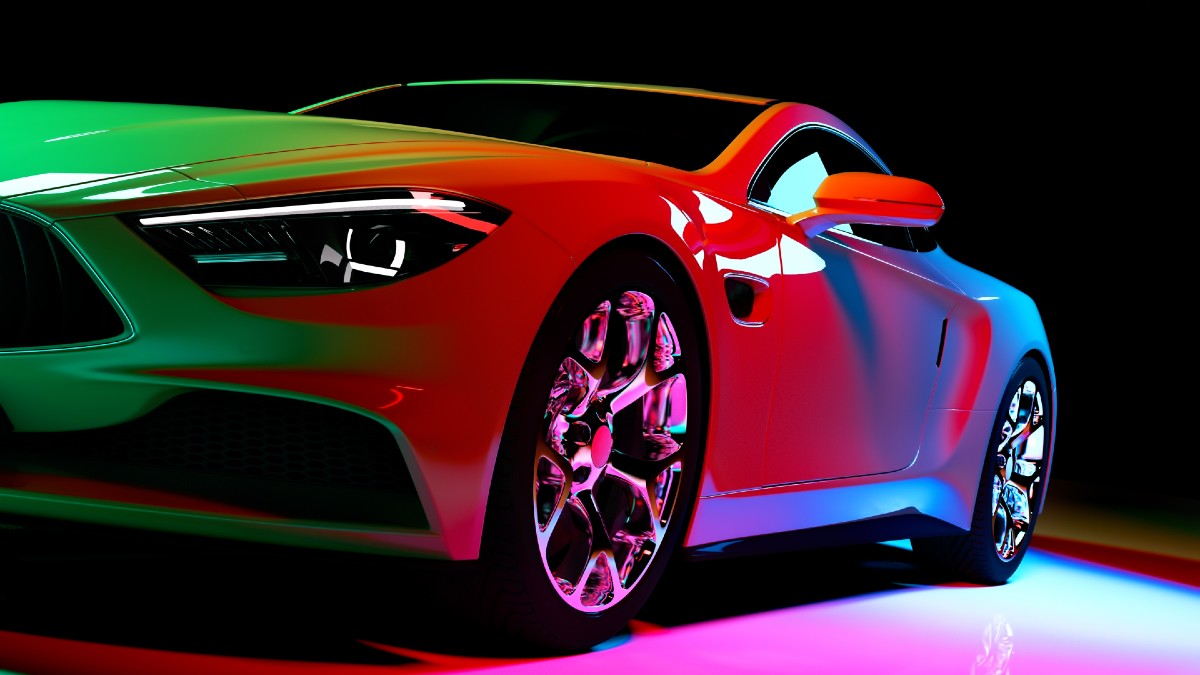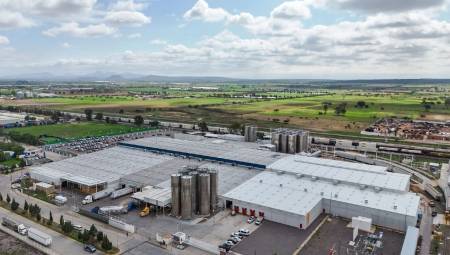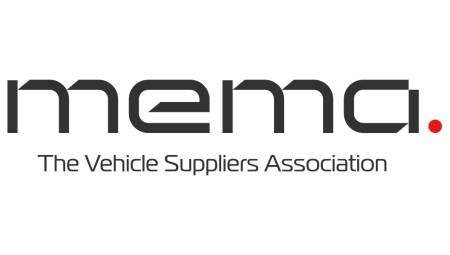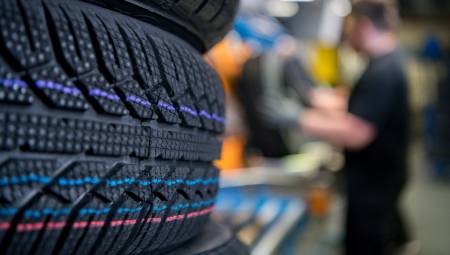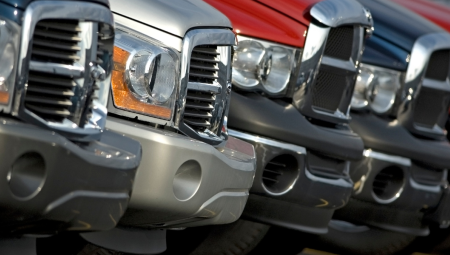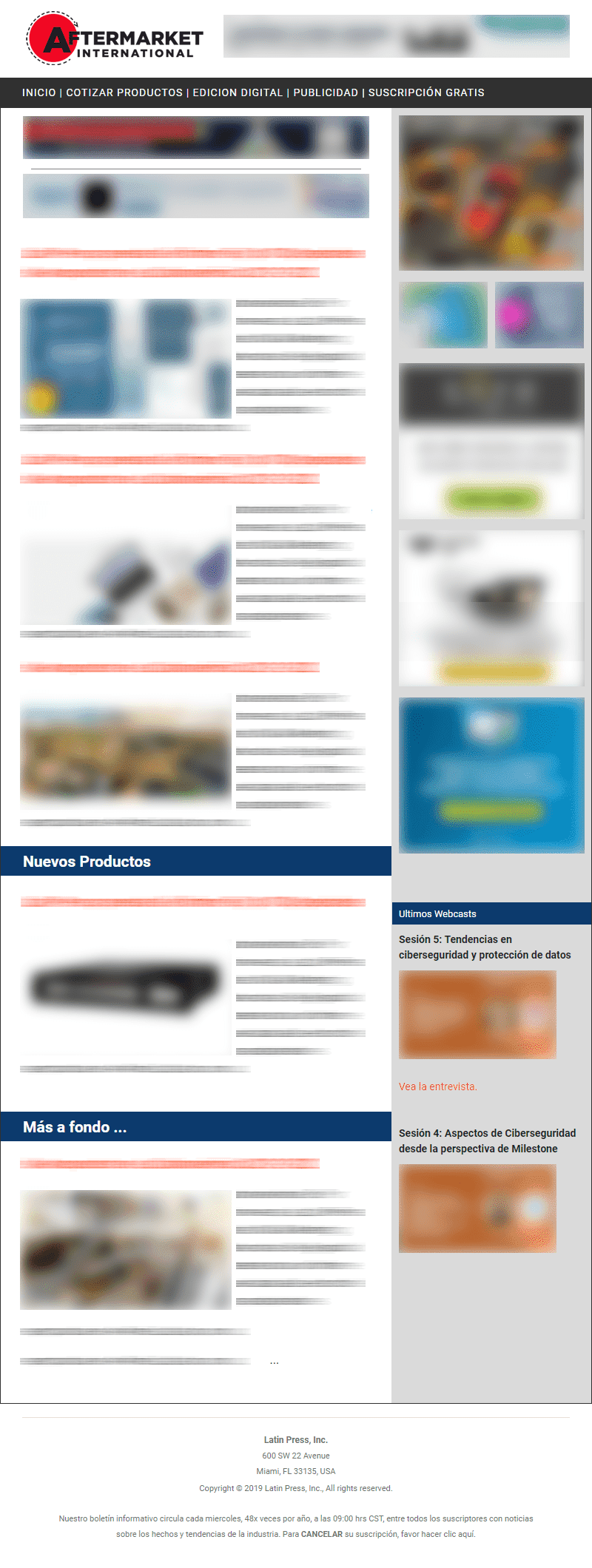The evolution of color testing in the automotive industry reflects significant technological advancements. From manual methods to sophisticated systems, the pursuit of precision has transformed vehicle manufacturing. This article discusses the key milestones that have shaped this discipline and their impact on aesthetic quality.
By: Laura Restrepo C.
Color testing in the automotive industry has undergone a remarkable evolution from its rudimentary beginnings to the advanced technological systems used today. This progression reflects broader technological advances and highlights the growing importance of precision in automotive manufacturing. This comprehensive overview explores the history of color testing, detailing the key developments and innovations that have shaped the field.
In the early days of the automotive industry, color matching was a largely empirical and artisanal process. During the early 20th century, automobile manufacturers relied on simple, manual methods to ensure color consistency. The paints were mixed according to recipes and applied using basic techniques. To match the colors, technicians used physical color samples, comparing them under various lighting conditions to achieve a close match. This method relied heavily on human perception and was subject to significant variability.
With the increase in automotive production volume, the limitations of these early color matching techniques became more apparent. Variability in paint colors could lead to inconsistent finishes, affecting the overall quality and appearance of vehicles. This challenge drove the need for more accurate and reproducible color testing methods.
In the mid-20th century, a transformative shift in color proofing occurred with the introduction of color science and standardization. During this period, the automotive industry began to adopt more scientific approaches to color matching. The development and adoption of color measurement standards, such as the Munsell color system and the CIE (International Illumination Commission) color space, provided a structured framework for quantifying and communicating color.
Munsell color system: Developed by Albert H. Munsell in the early 20th century, this system classifies colors based on three attributes: hue, value (luminosity), and chroma (color purity). He introduced a systematic approach to color organization, which allowed for more consistent communication of color specifications.
CIE Color Space: The CIE color space, established in the 1930s, offered a mathematical model for color perception. It became a cornerstone of color measurement by providing a standardized method for quantifying and comparing colors across different devices and applications.
With these systems, automakers were able to create more consistent and reproducible paint formulations. The use of standardized color swatches and reference graphics became common practice, improving accuracy in color matching and reducing variability in paint applications.
At the end of the 20th century, a pivotal moment in color testing occurred with the emergence of spectrophotometry. Spectrophotometers revolutionized color measurement by providing accurate and objective data on color characteristics. Unlike previous methods that relied on human judgment, spectrophotometers used scientific principles to analyze color.
Spectrophotometers and their technology
Spectrophotometers measure the intensity of light reflected from a painted surface at various wavelengths. This data is compared to standard color samples, allowing for accurate color matching. The ability to quantify color in this way greatly improved the consistency and reliability of paint applications.
The introduction of spectrophotometry addressed many of the challenges faced by the automotive industry, including variations in paint batches and differences in lighting conditions. By providing accurate color measurement, spectrophotometers allowed manufacturers to achieve consistent finishes over large production volumes.
The impact of digital technology
At the beginning of the 21st century, there were more advances in color proofing with the integration of digital technology. Modern spectrophotometers are equipped with advanced software that enhances their capabilities. This software can handle complex color data, perform real-time color matching, and provide detailed feedback during the manufacturing process.
Digital Color Management Systems: The development of digital color management systems has been a major breakthrough. These systems integrate with other aspects of automotive design and production, allowing precise color control throughout the entire manufacturing process. From initial design to final production, digital systems ensure that color specifications are consistently met.
Real-time feedback and analysis: Digital technology has also enabled real-time analysis of color data. This allows manufacturers to make immediate adjustments to paint formulations or application processes, improving overall quality and production efficiency.
Advances in artificial intelligence and machine learning
In recent years, artificial intelligence (AI) and machine learning have begun to play a role in color proofing, bringing new levels of sophistication to the field. AI-powered systems can analyze large amounts of color data, identify patterns, and predict color trends.
AI in color matching: AI algorithms can improve color matching by learning from historical data and making predictions about color formulations. This approach allows manufacturers to anticipate and address potential problems before they arise, improving the accuracy and consistency of color applications.
Machine learning algorithms: Machine learning algorithms can detect subtle variations in color that might be missed with traditional methods. By continuously learning from new data, these algorithms can refine color matching processes and provide more accurate recommendations to achieve desired color results.
The Future of Color Proofing
As technology continues to evolve, the future of color testing in the automotive industry offers exciting possibilities. Emerging technologies, such as nanotechnology and advanced coating materials, could further influence color testing methods.
Nanotechnology: Advances in nanotechnology could lead to the development of new coating materials with unique optical properties. These materials may require new approaches to color testing and measurement, driving further innovation in the field.
Advanced coatings: The introduction of new types of automotive coatings, such as color-changing coatings or reflective coatings, will present new challenges and opportunities for color testing. These coatings may require specialized testing methods to ensure they meet performance and aesthetic standards.
The history of color testing in the automotive industry reflects a journey from manual methods to highly advanced technological solutions. The evolution from rudimentary color matching techniques to today's sophisticated spectrophotometers and digital systems illustrates the industry's commitment to accuracy and quality. As technology continues to advance, colour proofing will continue to be a critical component of automotive manufacturing, ensuring that vehicles not only perform well, but also achieve the highest standards of visual appeal.


